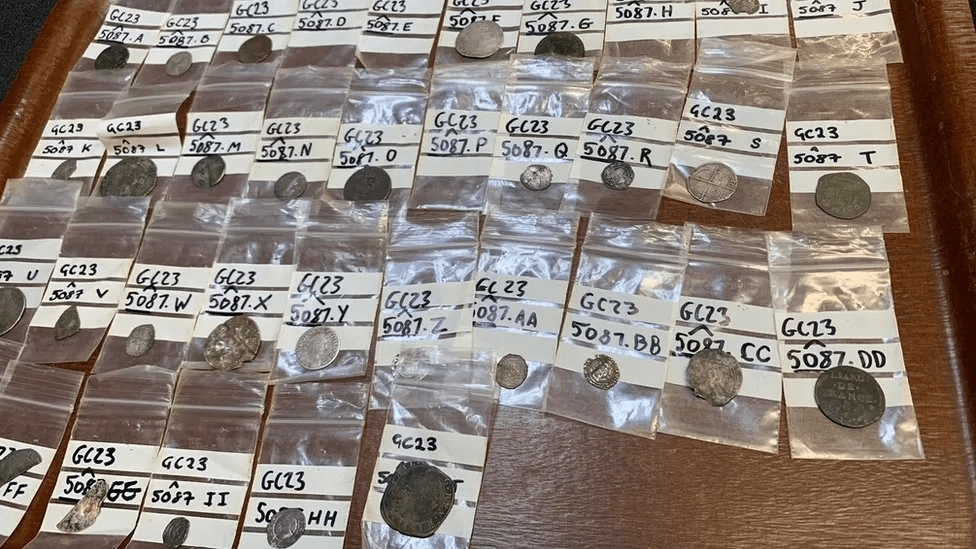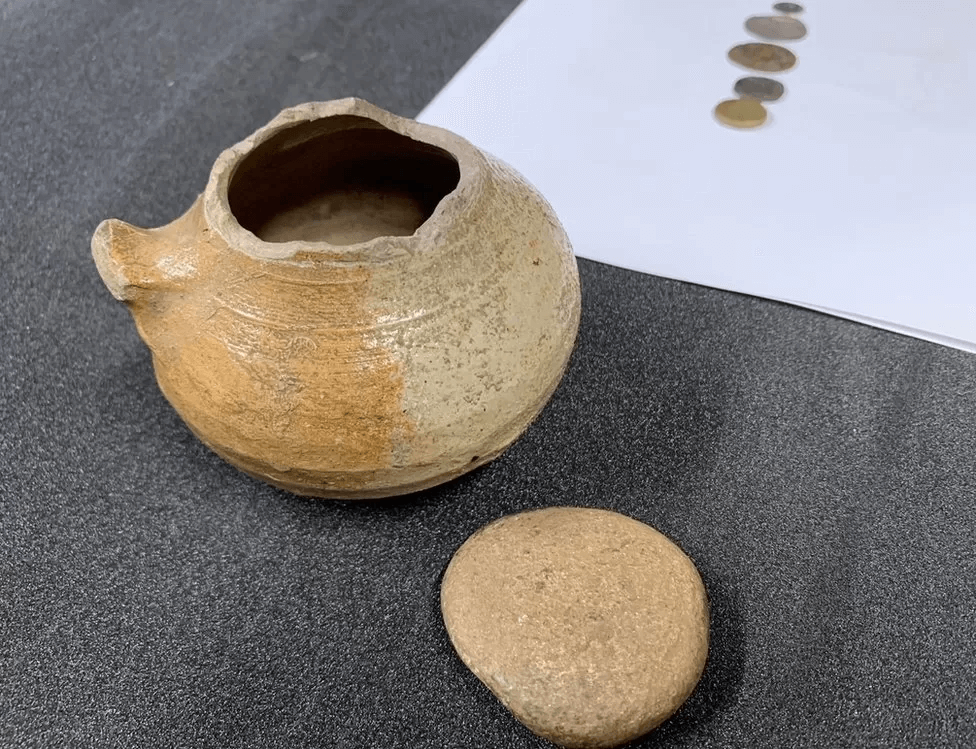In a remarkable archaeological discovery, a student archaeologist has uncovered a pot of ancient coins beneath the ruins of a house associated with Clan MacDonald of Glencoe, a group notoriously targeted in the 1692 Glencoe Massacre. These coins may have been hidden by a victim of the tragic event that unfolded on that fateful day. The find, consisting of 36 coins, adds an eerie layer to the already haunting tale of Glencoe's massacre.
The Glencoe Massacre: A Dark Chapter in Scottish History
The infamous Glencoe Massacre took place in February 1692 when almost 40 members of Clan MacDonald of Glencoe met a grisly fate at the hands of British soldiers. The MacDonalds were targeted because of their support for the exiled King James VII of Scotland and II of England, backing the restoration of the Stuart dynasty. They were late in delivering an oath of allegiance to the Protestant King William III, which branded them as rebels. The soldiers, who had been billeted with members of the clan, turned on their hosts on February 13, 1692, leading to a brutal attack. Some survivors tried to escape into the harsh snowstorm that had engulfed the region, including Gleann Leac-na-muidhe, where the recently discovered coin hoard was concealed.
Lucy Ankers found the coins inside a pot with a pebble lid
The discovery of the coin hoard was made by Lucy Ankers, a student on her inaugural archaeological dig. The 36 coins, sealed within a pot secured with a small round pebble as a lid, were strategically placed beneath a hearth stone slab in the fireplace of the clan chief's house. These coins are a rich tapestry of history, dating back to the late 1500s and continuing into the 1680s, spanning the reigns of Elizabeth I, James VI and I, Charles I, the Cromwellian Commonwealth, and Charles II. The collection also features coins from France, the Spanish Netherlands, and even one that seems to have originated in the Papal States. Notably, none of the coins were minted after the 1680s.
University of Glasgow excavations director Eddie Stewart with one of the coins
Clues to the Past
The University of Glasgow's archaeological team, which led the excavation, has pieced together a compelling narrative linking the coin hoard to the massacre. The presence of coins from the late 1500s to the 1680s suggests that they were deposited under the fireplace either just before or during the killings for safekeeping. What makes this discovery even more chilling is that the coins appear to have been left untouched. This could imply that the individual who buried them did not survive the massacre. It is a haunting testament to the turmoil that unfolded within the walls of that very house more than three centuries ago. Dr. Michael Given, a co-director of the archaeological project in Glencoe, expressed the significance of these findings, "These exciting finds give us a rare glimpse of a single, dramatic event. Here's what seems an ordinary rural house, but it has a grand fireplace, impressive floor slabs, and exotic pottery imported from the Netherlands and Germany. And they've gathered up an amazing collection of coins in a little pot and buried them under the fireplace."
The coins have been identified by archaeologists from the University of Glasgow
The discovery of the coin hoard beneath the ruins of a house connected to the MacDonalds of Glencoe serves as a poignant reminder of the dark and turbulent history of the Scottish Highlands. These coins offer a tangible link to the tragic events of 1692, evoking the memory of the victims and the harrowing circumstances they faced. As archaeologists continue to unearth hidden secrets in Glencoe, they paint a vivid picture of a past that continues to haunt the present.
The pot contained 36 coins
The fireplace where the coins were discovered
A memorial to the massacre in Glencoe













